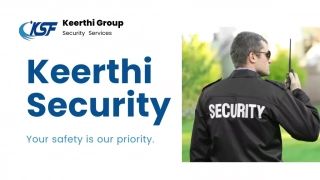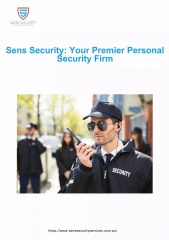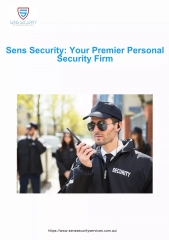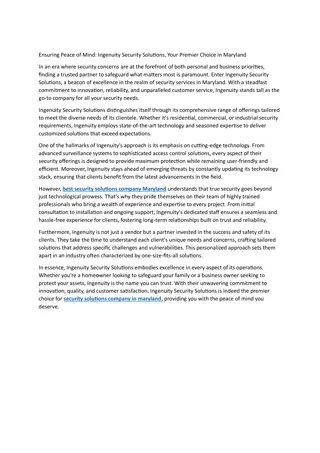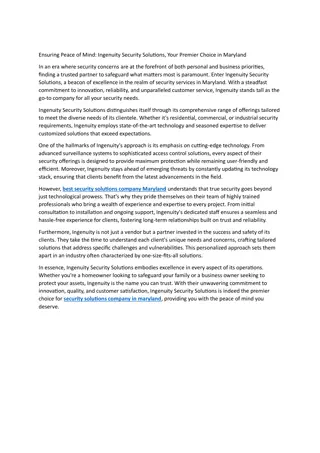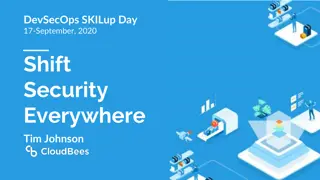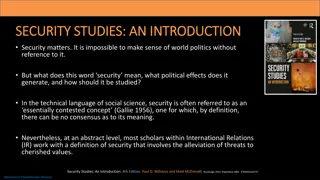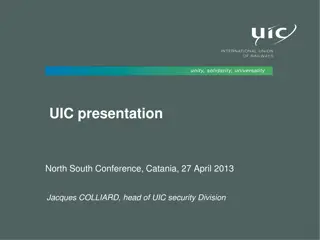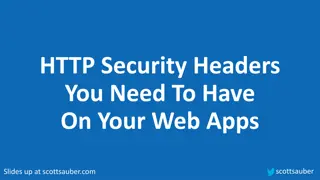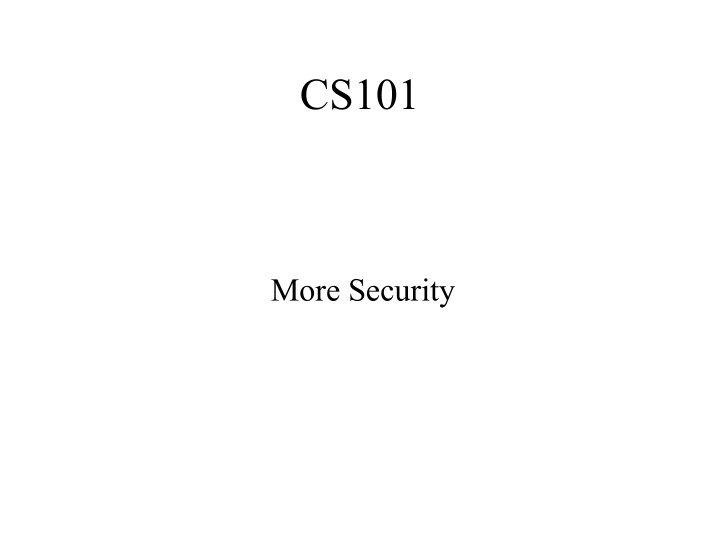
Secure Your Computer, Network, and Data: Essential Tips
Learn how to secure your computer, network interactions, and data to protect yourself from security risks. Find out about the best security methods, safe computing tips, securing network interactions, and protecting yourself online.
Download Presentation

Please find below an Image/Link to download the presentation.
The content on the website is provided AS IS for your information and personal use only. It may not be sold, licensed, or shared on other websites without obtaining consent from the author. If you encounter any issues during the download, it is possible that the publisher has removed the file from their server.
You are allowed to download the files provided on this website for personal or commercial use, subject to the condition that they are used lawfully. All files are the property of their respective owners.
The content on the website is provided AS IS for your information and personal use only. It may not be sold, licensed, or shared on other websites without obtaining consent from the author.
E N D
Presentation Transcript
CS101 More Security
Network = Security Risks The majority of the bad things that can be done deliberately to you or your computer happen when you are connected to a network
4 Areas To Secure 1) Your Computer 2) Your Network Interaction 3) Yourself 4) Your Data Elsewhere
1 ) Securing Your Computer (Do the online Security Steps)
Safe computing tips Number One Best Security Method: Move away from the herd by: 1. Do the security steps and get your layers of protection 2. Add Virtual Box and Ubuntu Other forms of Linux 3. Using less popular software to access network functions
Securing Your Network Interaction
What can happen to me when using a network? Information you send out on a network can be intercepted Hacked Sites Lots of other bad things etc
How can I secure the information I send out on a network? Make sure your connection to the network is secure Make sure that any important information you send out on a network is in encrypted form (scrambled) before it is sent (use Tor web browser) Check for https:// at the beginning of web address Consider a VPN (but make sure it is a good one.) Treat any unencrypted information transmitted as if it was on a postcard Change your DNS to Google or Open DNS Never open or click on any item you are not 100% sure of Bookmark all web sites you need to access securely
Securing Yourself
How can I be a security risk? You do not do all the other security items listed in this PowerPoint Practice bad password practices Fall for human engineering attacks
How can I protect myself from social engineering? Treat any request for information as suspicious and either ignore or verify request via an independent method Treat any offer that sounds too good to be true as suspicious Use good password practices or consider a password manager. Use second verification method.
Securing Your Data Elsewhere
What can happen to the information you no longer control? Once information is contained outside of your direct control you must protect yourself from it being used in inappropriate ways such as identity theft
How do I protect information I do not control? You can t You can stop them from doing anything with the information Freeze your credit at all 3 credit reporting agencies and/or add an identity protection service that helps with the cleanup. You Can Now Freeze Your Credit for Free Here s Why You Should Do It Subscribe to a monitoring service.



